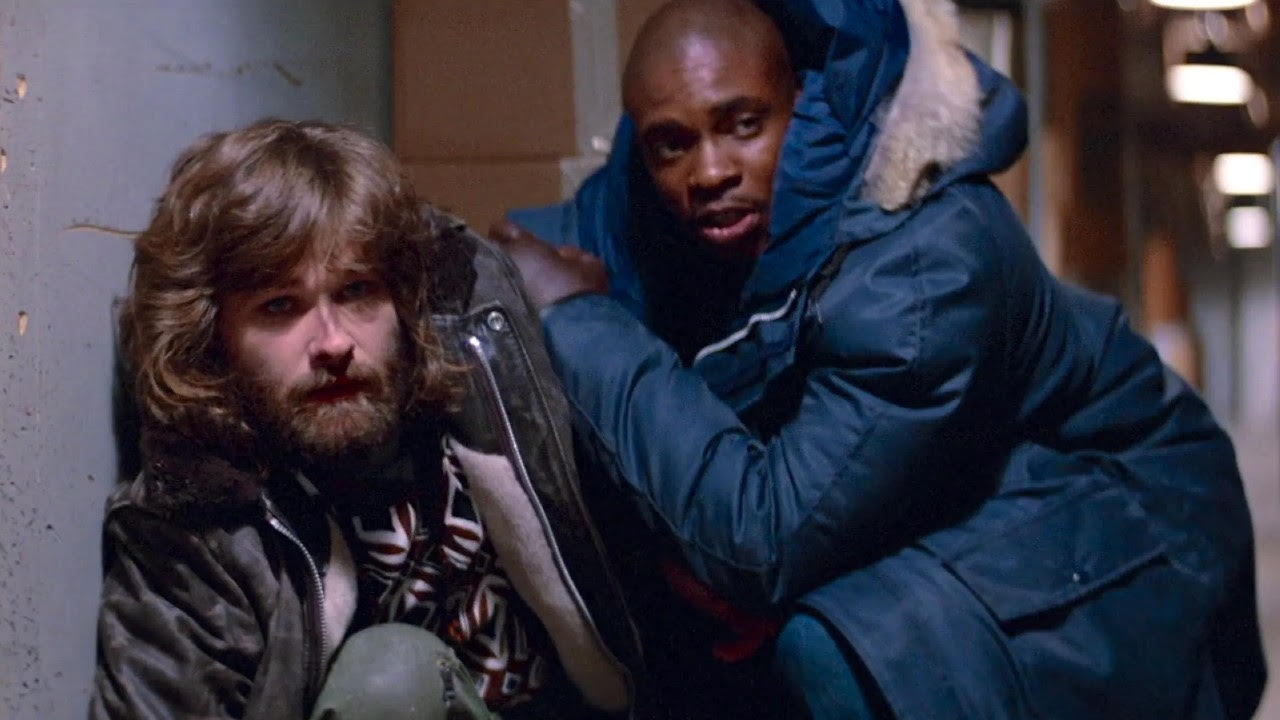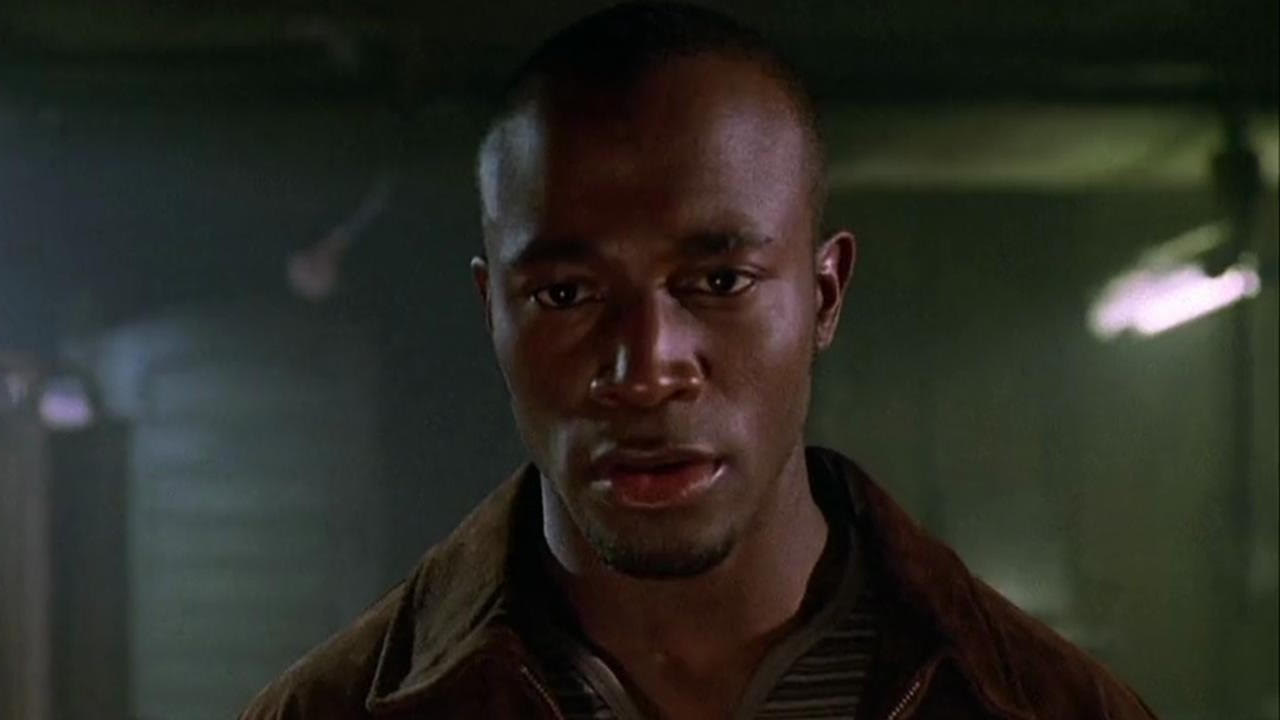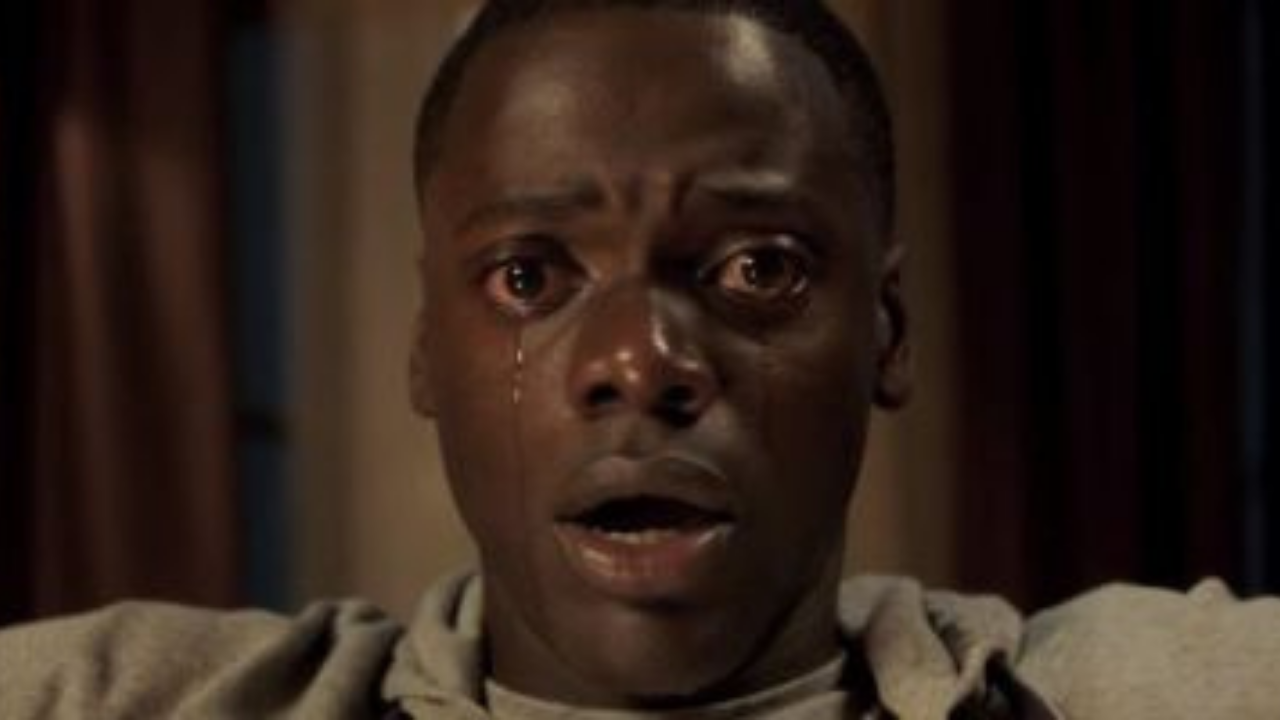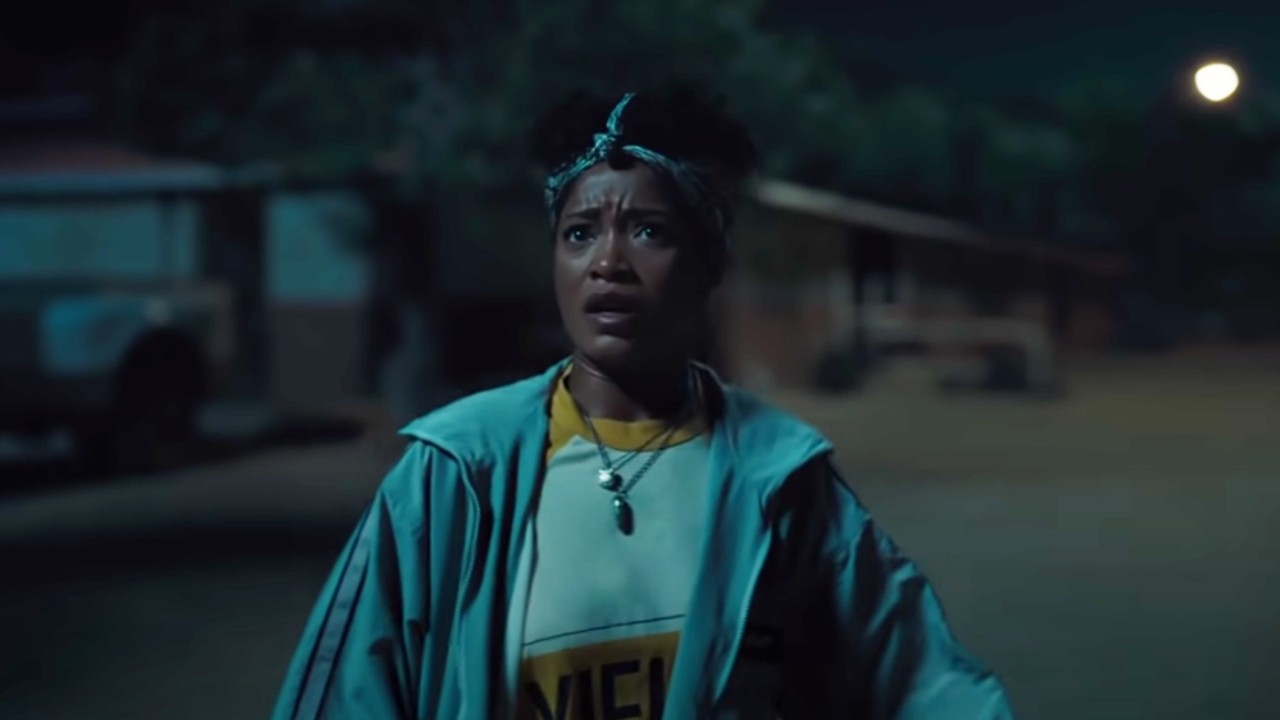A History Of Black Characters Surviving In Horror Movies
They can't kill all of us.
It’s the trope that never dies – or rather, the trope that a lot of people still believe exists in modern day horror movies: Why does the Black character always have to die first?
You know how a number of horror movies have that whole “final girl” thing going for them? Well, that’s a positive trope these days. The inverse of that would be how Black characters are always the first to go.
I have good news, though. This trope that has almost become a running gag at this point – so much so, that the tagline for the upcoming horror movie, The Blackening is “We can’t all die first” -- actually isn’t as frequent as it once was. And, I have proof! Here’s a history of Black characters surviving in horror movies. There are of course more than I've listed below, but these are some of the most notable survivors.
Oh, and a big shout out to the book, The Black Guy Dies First: Black Horror Cinema from Fodder to Oscar by Robin R. Means Coleman, and Mark H. Harris for exploring this very topic.
Oh, and some major spoilers up ahead. Duh.

1980s (The Thing, A Nightmare on Elm Street 3: The Dream Warriors, Etc)
I wanted to start with the 1970s, but things were looking pretty grim. For example, Rosalind Cash “survives” at the end of 1971’s The Omega Man (which is the best of the I Am Legend adaptations), but she’s become one of the mutants, so I don’t know if I’d consider that a W. Same with blaxploitation films like 1972’s Blacula, where the title character kills himself, and 1973’s Blackenstein, where the monster is torn apart.
No, we’d have to turn to the ‘80s to really start getting Black characters who truly survive to the end. In 1982’s The Thing, Keith David makes it to the end as Chief Mechanic Childs, but he might also be The Thing. People are still debating it today. Mario Van Peebles survives at the end of 1987's Jaws: The Revenge. And, even though he was actually eaten in the original cut, he was allowed to survive in later cuts, so phew, that was a close one.
Your Daily Blend of Entertainment News
Ken Sagoes plays a character named Roland Kinkaid who fights (and survives!) in 1987’s A Nightmare on Elm Street 3: The Dream Warriors, only to die the very next year in 1988’s A Nightmare on Elm Street 4: The Dream Master (Aw, shucks). And John “Beau” Billingslea, who plays Moss Woodley in the 1988 remake of The Blob, lives to store the frozen Blob in an icehouse, so all in all, not a terrible year for black characters surviving.

1990s (Anaconda, Deep Blue Sea, I Still Know What You Did Last Summer, Etc)
Now, here’s the thing. The 1990s were a big decade for horror, but also a big decade for popular musicians at the time getting into acting. But, I’ll get to that in a moment. First, I want to start off with Danny Glover who managed to survive a freaking Predator attack in one of the better movies in the Predator movie franchise, Predator 2 back in 1990.
Next, I want to talk about Wes Craven’s 1991 movie, The People Under the Stairs, which we included on our list of the best Black horror movies. In the film, Brandon Adams plays a character named Poindexter “Fool” Williams, who manages to survive getting eaten by cannibals, which is no small feat.
Ice “Is snakes out there dis big!?" Cube outlived Jon Voight in 1997’s Anaconda. In fact, this is what he had to say on Twitter about why he took on the role in the first place:
"When they asked me to do Anaconda, I said I’d do it only if my character lived and help kill the snake. Before then, most Black people in these type of movies are dead within the first 15 minutes."
So, it seems like the Black dude surviving was on Cube's mind when he took the role. The singer, Brandy, made it all the way to the end of 1998’s I Still Know What You Did Last Summer, even if her boyfriend in the film, played by Mekhi Phifer (Who, never forget, was name-dropped in “Lose Yourself”) wasn’t so lucky. And, LL Cool J, whose hat was like a shark’s fin, lived to the end of 1999’s Deep Blue Sea, even though Samuel L. Jackson met a grisly demise. Plus, in the same year, Taye Diggs survived the remake of House on Haunted Hill.
Honestly, the '90s were the turning point for Black characters surviving in horror movies, and I think it’s because it was the decade where we really started getting Black stars, some of them popular musicians, starring in these films. Because come on now. You’re not going to kill off Ice Cube, are you?

2000s (Halloween: Resurrection, Gothika, Blade II, Etc)
We got another remake following House on Haunted Hill with 2001’s Thirteen (I’m sorry, Thir13en) Ghosts. Rapper Rah Digga and Monk, er, Tony Shalhoub made it all the way to the end, setting the ghosts free.
In 2002, another rapper, Busta Rhymes, actually took on Michael Myers in a burning building and zapped him in the balls with an electric wire (Now that’s how you do it!) in Halloween: Resurrection. In the same year, Wesley Snipes returned as the ass-kicking daywalker in one of the best Marvel movies outside of the MCU, Blade II.
And, relatively fresh off of her Oscar win for Monster’s Ball, Halle Berry starred in (and lived through!) the 2003 psychological horror thriller, Gothika… and Catwoman one year later, which is a horror movie (of a sort, given how bad it is) of its own.

2010s (Get Out, Attack The Block, Ma, Etc)
The 2010s were a big decade for Black people surviving in horror movies, and the first major one would be John Boyega surviving aliens in 2011’s Attack the Block. But, horror hit new heights when Jordan Peele arrived, as the dude has never made a bad movie.
Peele exploded on the scene with 2017’s Get Out, which is one of only 6 horror movies to ever be nominated for Best Picture. In the film, its star, Daniel Kaluuya (thankfully) makes it to the end.
Gugu Mbatha-Raw survived 2018’s somewhat lackluster, The Cloverfield Paradox (Maybe. The monster was still on Earth).
And, I’m going to give Octavia Spencer an honorary award for at least making it to the end of her 2019 horror movie, Ma, as she’s at least alive BY the end (even though she’s in a burning house), and Peele struck again (in the best sort of way!) with his doppelganger horror thriller, Us, where Lupita Nyong’o made it out as the tethered who lived. All in all, another great decade of Black characters surviving.

2020s (Barbarian, The Invitation, Nope)
And finally, we have our current decade. We really are only just getting started, but we do have some notable survivors to mention. In 2022’s Barbarian, Georgina Campbell had some close calls in tight spaces with a character known only as “The Mother.” In the same year, Jamie Foxx, who’s no Blade, still made for a pretty efficient vampire hunter in Day Shift.
Also in 2022, we got another vampire flick in The Invitation. And, while not the star of the film -- that would be Game of Thrones’ Nathalie Emmanuel -- Courtney Taylor, who played her best friend in the film, does make it to the end of the movie, and she’s looking for some payback for her friend. Lastly, we can’t forget Keke Palmer (And Daniel Kaluuya – Again!) surviving in Jordan Peele’s, Nope.
And, those are just a few of the Black characters who have survived horror movies over the decades. Thankfully, we’re getting away from that tired and, quite frankly racist, trope of killing off “expendable” Black characters, as they’re now getting much better roles. So, yeah. The Black character DOESN’T always die. Not anymore anyway.

Rich is a Jersey boy, through and through. He graduated from Rutgers University (Go, R.U.!), and thinks the Garden State is the best state in the country. That said, he’ll take Chicago Deep Dish pizza over a New York slice any day of the week. Don’t hate. When he’s not watching his two kids, he’s usually working on a novel, watching vintage movies, or reading some obscure book.
